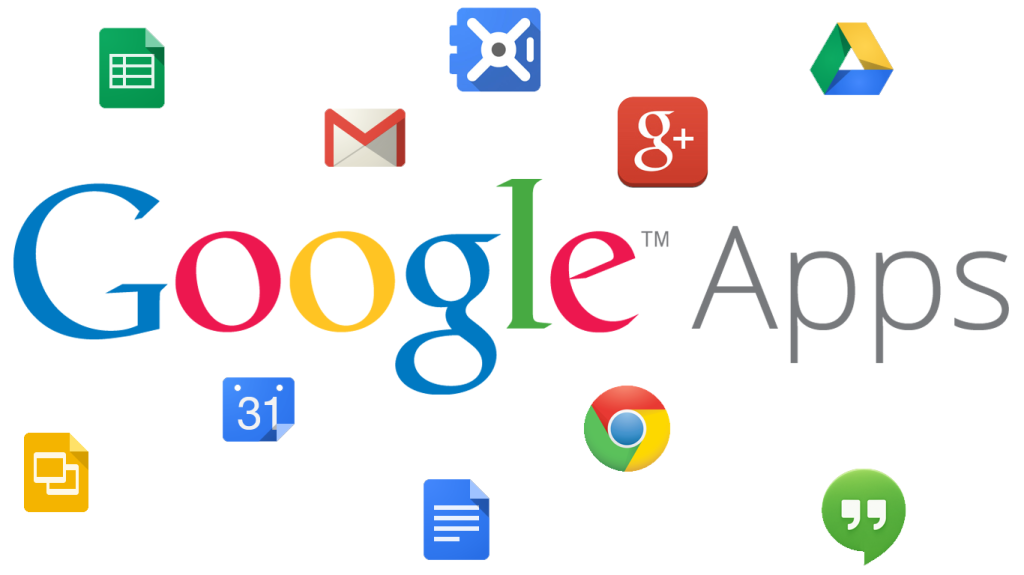
Advantages of Google Apps
1) Administering Google Apps is easy
The admin interface is dead-simple to use, and pretty self-explanatory. Everything you want to control for your domain has a button or switch in the back end.
The Admin Control Panel makes it far easier to navigate to key admin functions than any Microsoft server software. You can add, delete or suspend users, transfer ownership of all documents, create aliases, and change minimum password requirements.
As of 2011, you can also give technology responsible people (TRPs) in your branch offices the ability to add/delete users without messing up other domain settings.
2) Spend staff time on training and improvement, not on maintaining systems
Properly maintaining an email and calendar server with 99.9% uptime is time-consuming and requires a skilled admin to be available nearly 24/7 to troubleshoot errors. Google Apps frees that time and delivers a plethora of additional tools.
The most popular alternative to Google Apps in legal services has been Microsoft Exchange. Consensus is that any shop will have to dedicate a portion of a tech just to maintain Exchange and anticipate problems.
The time needed to just keep things running can now be used to train and support users.
3) Google Apps is free for non-profits
One of the major advantages of Google Apps is that it is very cheap. In fact, most legal aid organizations will be able to use Google Apps for free, since they have 501(c)(3) status and under 3,000 users (more on Google non-profit status eligibility). If you are not eligible as a non-profit, Google Apps is still relatively cheap, and you can find their full billing Info on their website.
This includes the following features:
- -Gmail, Calendar, and other Google Services
- -Email migration tools
- -Extensibility APIs
- -Customer Service
Compare this price to the cheapest options from Google Docs’ competitors:
- - WordPerfect Office: $179.99/seat (no non-profit discount)
- - Microsoft Office: $199.99/seat ($30/seat with non-profit discount)
- - Apple iWork: $79.00
These tools replicate only a tiny part of the Google Apps ecosystem - the word processor. Full enterprise systems such as Microsoft Exchange with Sharepoint add significant additional costs.
4) Google Apps’ unique capabilities can help legal services organizations
Beyond replacing functions provided by other software, Google Apps offer distinctive features meant to change and improve office functioning.
a) Collaboration: Features like document-sharing, simultaneous editing, shared calendars, and chat make group work easier, and encourage office members to become more aware of each others’ work.
b) Searching: Documents and emails in Google Apps are designed to be searched rather than sorted by the user. This means that users can spend less time organizing files, and don’t have to know and remember a particular system of organization to find what they are looking for. As demonstrated by the LSNC Findability Project, moving to a system where nearly all office data is searchable through Google Search Appliance (GSA) can help offices significantly increase their effectiveness.
c) Integration: Google Apps are designed to interact with each other, and are more powerful in combination
